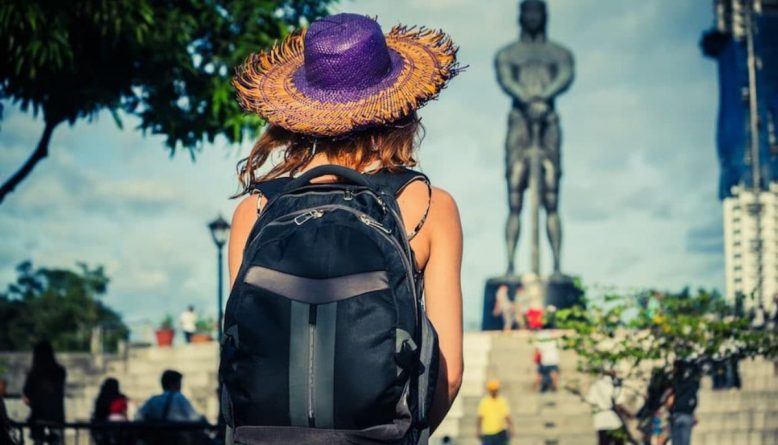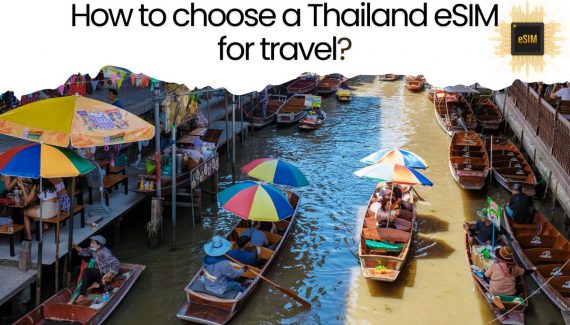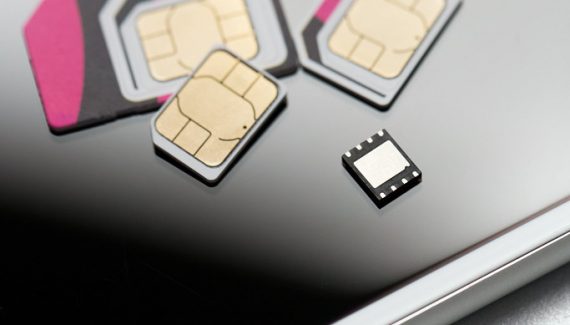Philippines is a country consisting of more than 7000 islands, which is invited with its crystal-clean sandy beaches, dense tropical forests, rich culture, and friendly people.. Everything from the climate in the tropical country, cultural practices, and moral standards, to commercial and personal interactions, up to and including the things that one ought to do, our extensive guide will equip you with the kind of a packing list and tips that you never knew you needed.
How to Pack for the Philippines: The Ultimate Guide for First-Time Travelers
A successful packing list for the Philippines can only be appreciated if one can take into account the climatic conditions in the country, the type of Filipino culture, and kind of activities that are expected to be engaged in. If you are planning to travel to this beautiful archipelago here are some packing tips to consider to have the best travel experience.
The Weather in the Philippines
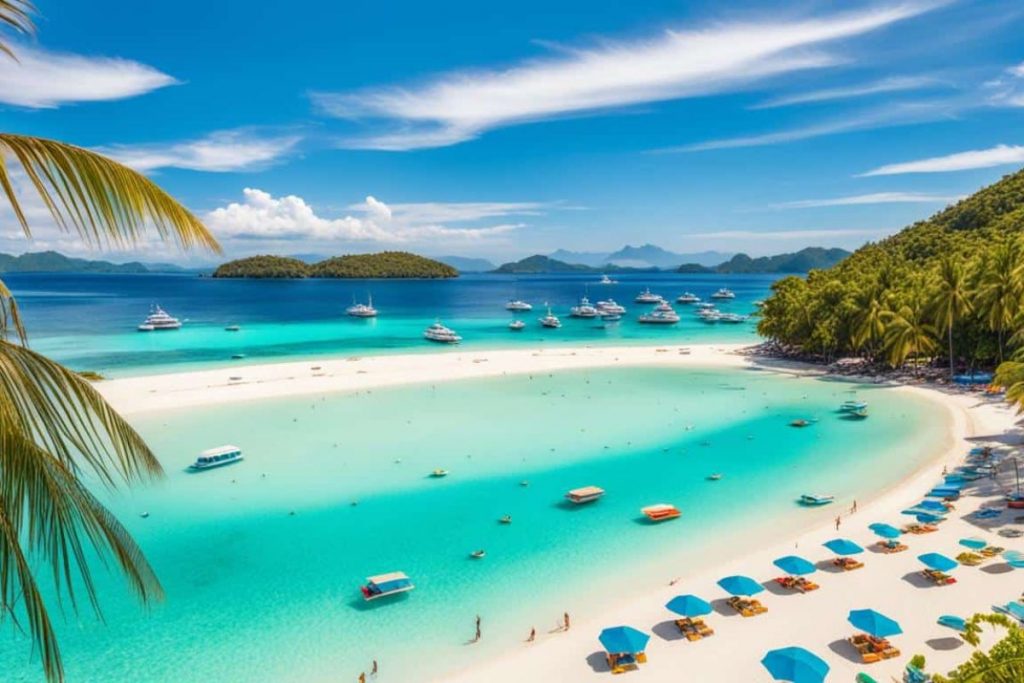
The Philippines predominantly has a tropical climate and this is therefore by virtue a warm and humid country all year round. Average temperatures thus fall within the bracket of 25-30 degrees Celsius (77- 86 degrees Fahrenheit) again perfect for a beach holiday or other physical activities. However, the country also possesses its own rainy season which starts from June till October, hence be prepared to find an accompaniment of a raincoat or umbrella just in case the heavens decide to open up.
That means if you’re planning to travel when the weather is dry, between November and May for instance, then be ready for sunny and clear skies, which are ideal for tours across the islands and their remarkable topography. In any season in the Philippines, members of the dress code should aim at wearing light and loose-fitting clothes that will allow the skin to breathe.
Cultural Considerations in the Philippines
The Philippines is a predominantly Catholic country and as such the cultural values held inside the community uphold humility and decency. Hence, when arriving at the churches or any related spots, there is a certain code of etiquette that demands women to have their shoulders and knees covered. Do not wear provocative or anything that would be considered vulgar in your culture.
Some other etiquette includes taking off your shoes when you get into somebody’s house, therefore, pack some slippers or sandals for ease. Filipinos are very humble people and one can have a very close interaction with them, so it is easy to engage in conversations and know them. These people will accept you because of this respect with open arms and you will even be able to develop great friendships whilst in their country.
Activities in the Philippines
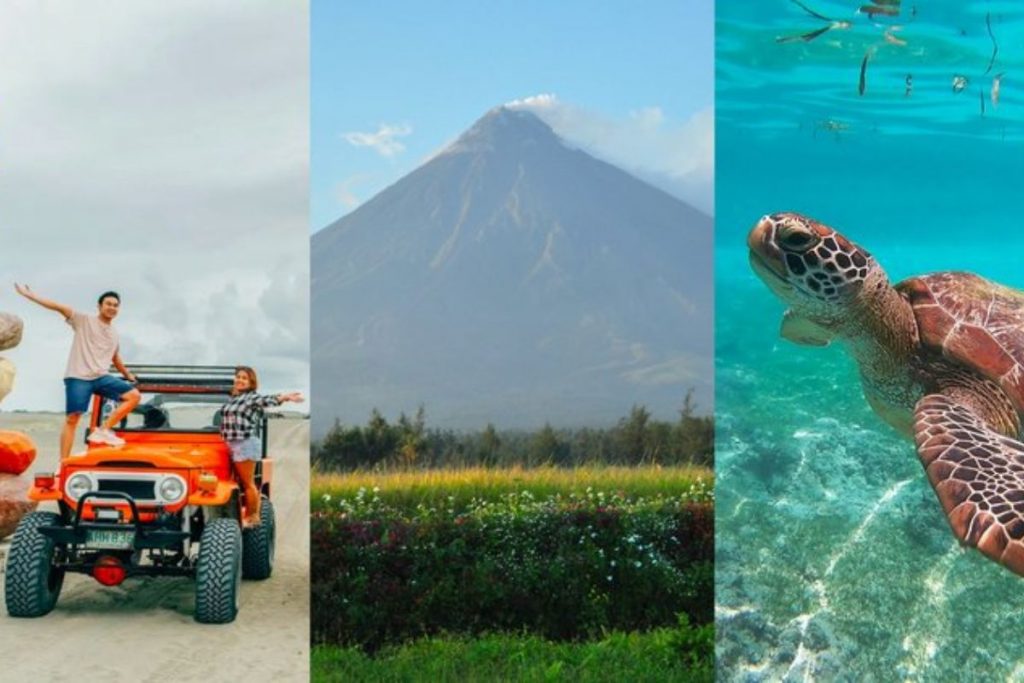
The Philippines is rich in activities that may complement the interests of every tourist. If you are all charged up for that perfect seaside vacation, then do not forget the trunks, the beach wear, and of course, the sunblock. Adrenaline junkies will require hiking shoes, suitable climber wears, and a sturdy bag to accompany them on their tour of the various terrains in the country.
You should take a few more formal clothes for special events or visit historical or religious places as the local people can be quite sensitive regarding the dress code. And no matter your plans, be sure not to leave behind a good pair of sneakers for walking, a hat for the sun, and a reusable water bottle, especially when you are to travel in the hot tropical regions.
Packing Light Is The Way
This is especially an advantage since the Philippines is generally warm and you will not need thick sweaters or jackets. However, attention should be paid to such type of clothes that will not overload your luggage and will be as far from the stuffy European styles as possible. Chose clothing that can be combined in various ways and thus travel with not too many things.
Of course, there is always enough opportunity to wash clothes in the laundries, which are available in any city of the Philippines, so do not foresee any difficulties in washing and re-wearing your clothes, and, therefore, do not pack too much. And since you are taking small bags, you will not be constrained in your mobility, you will not have to pay for check-ins, and you will have ample space for all the things that you will acquire during your journey.
The 6 Essentials for Your Philippines Packing List
Of course, there is more to travel than the destination-specific clothing and gear, so let’s go through those things that help to ensure a trouble-free visit to Philippines.
1. Essentials
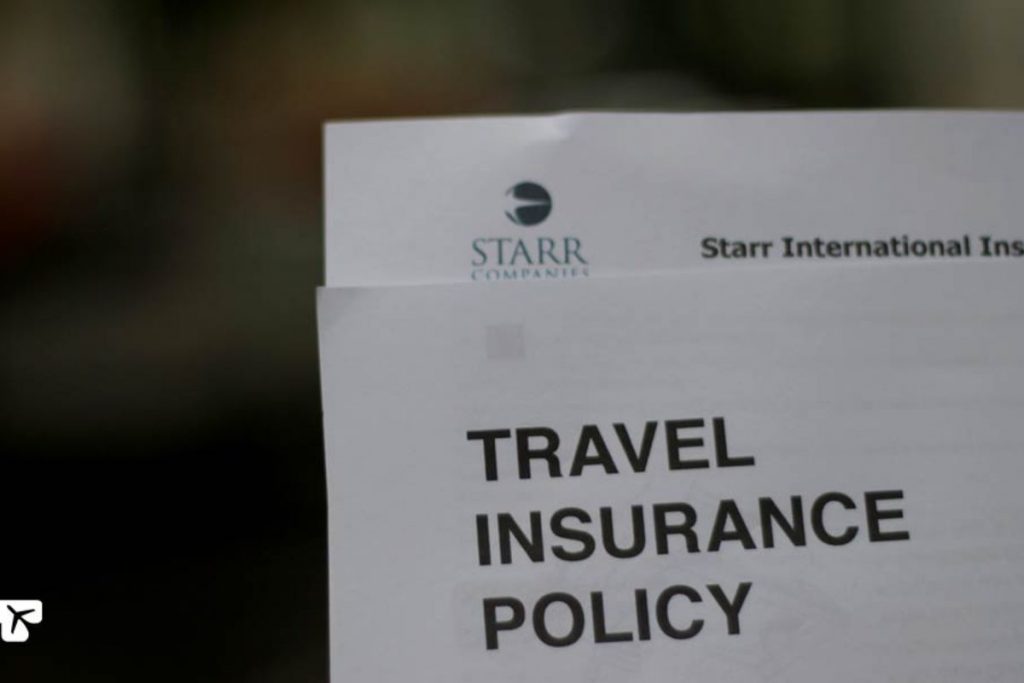
- Passport and Visa: It is recommended that your passports are at least six months valid when leaving the country. Look at the entry requirements to find out if you are required to have a visa depending on your nationality.
- Travel Insurance: Be prepared for a rainy day: accidents, sickness, lost luggage, trip cancellation, and other factors that are unpredictable on the trip.
- Cash and Cards: Although credit cards are accepted almost everywhere including the major cities and tourist facilities, it is advisable to have some cash, especially for purchasing from the small shops and at the markets.
- Phone and Charger: Your phone is the main tool to call someone, find the way, and take a picture or record a moment. Remember to bring a charger that will work in the Philippines – the country uses an electrical voltage of 220V.
- Camera: The Philippines is a country with beautiful scenery and rich culture therefore do not forget to take a camera to capture those remarkable scenes.
- Travel Documents: Under your custody retain both, photocopy and electronic copies of your documents including your passport, visa, insurance, etc, in case you may lose these documents.
Check out Passport and travel document requirements for the Philippines!
These items are the building blocks of a no-stress vacation enabling the client to have the legal papers, money, and communication and safety paraphernalia for maximum utilization of Phil’s adventure.
2. Clothing
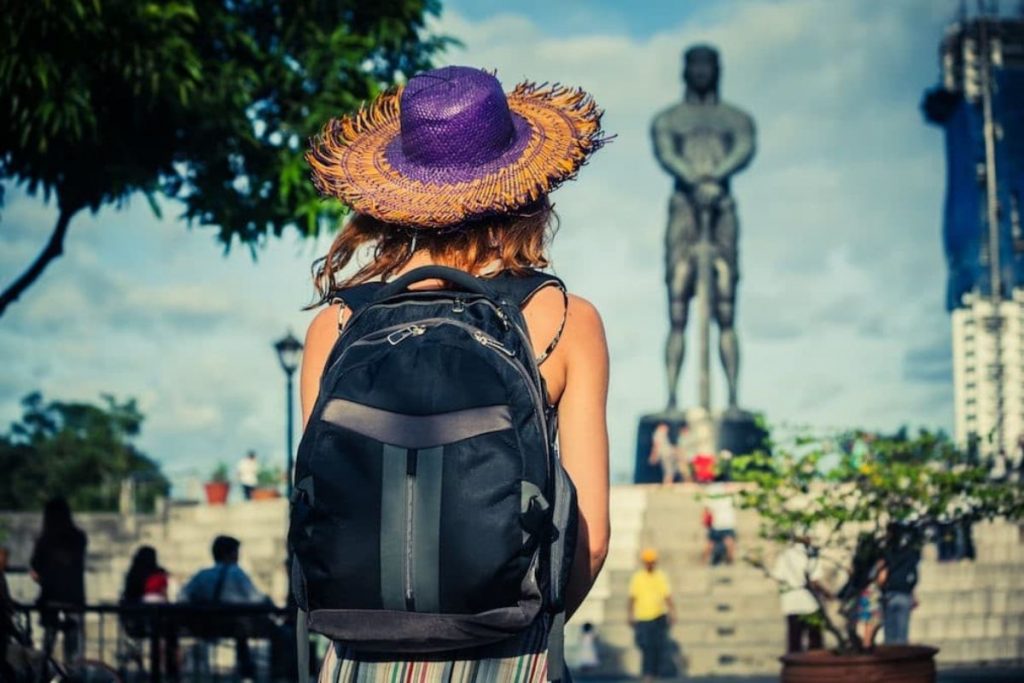
Get acquainted with the warm weather by wearing light, air clothes accompanied by accessories that will not allow them to sweat. Select clothes that are of multiple uses so that they can be worn in different ways and, thus, require much packing.
Tops
- T-shirts
- Tank tops (with a cover-up for religious sites)
- Long-sleeved shirts (for cooler evenings or sun protection)
- Light jacket or sweater (for air-conditioned places or higher altitudes)
Bottoms
- Shorts
- Lightweight pants or skirts
- Swimwear
Undergarments and Sleepwear
- Underwear
- Bras
- Socks
- Comfortable sleepwear
Footwear
- Sandals or flip-flops
- Comfortable walking shoes
- Hiking boots (if planning on trekking)
- Water shoes (for island hopping or rocky beaches)
3. Toiletries
It’s important to practice good hygiene while on a trip, especially in the tropical region. Pack travel-sized toiletries to save space and adhere to airline restrictions:
- Sunscreen: Necessary if you are to shield your skin from the hot sun which is common in many parts of the world. Go for an SPF that is as high as possible but don’t select a number that is too high, such as 100, and reapply as often as you can but not more than the manufacturer’s recommendations.
- Insect repellent: Protect from mosquitoes and other insects, especially in provinces or for people practicing outdoor activities.
- Shampoo, conditioner, soap: Toothbrush and toothpaste, are best brought from your local drugstore, but most hotels usually provide these necessities.
- Toothbrush and toothpaste: Original-sized ones are nice, but when it’s possible, it’s better to go for travel-size ones.
- Deodorant: Minimize exposure to heat and humidity and remain fresh all day.
- Other essentials: Other items that one may consider packing include lotions, lip creams, contact lens solutions and any prescription drugs that may be necessary.
4. Electronics
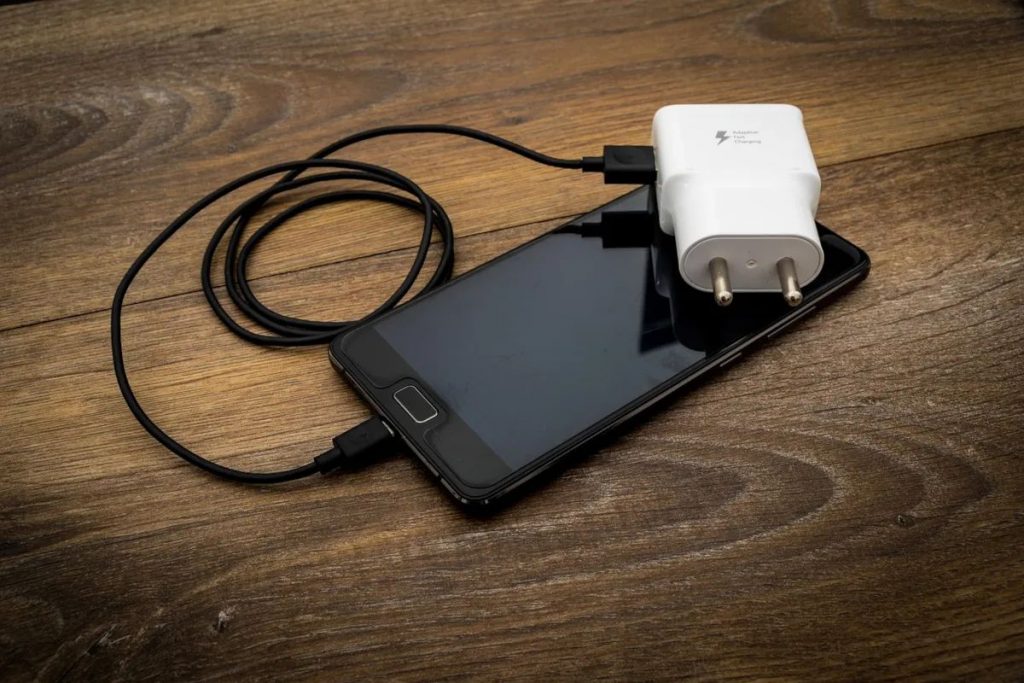
Indeed, in the present time mobility cannot be avoided, one should be able to stay connected and entertained. Let us now look at a list of electronics that you will need to have for a tropical travel to the Philippines.
- Phone and Charger: Your phone is the number one source for communication, direction, and keeping memories. Do not leave home without a charger that works with the Philippines sockets (220 volts).
- Camera: If you are keen on photography or want nice shots, it is better to take a separate camera because although your phone is usually equipped with a rather good camera.
- Portable Charger/Power Bank: Traveling with a power bank is like a necessity if you need to charge your devices while going around.
- Universal Travel Adapter: Bring a universal travel adapter so that the sockets in a foreign country accommodate your electronic devices.
- Headphones/Earbuds: Music or podcasts during a car ride or movies during endless flights or a peaceful night at home.
Attached to the electric device is always a means of connection. For foreign travel, it’s important to stay connected to the internet which allows you to keep in touch with friends, search maps, book services,… One of the best ways to stay connected in the Philippines is a Philippines eSIM or SIM card. Pick your plan and get ready to go!
5. Emergency Items/Medications
They also assert that even when people spend a lot of time planning for their vacation, emergencies can occur at times. Take along these unexpected items for the company while traveling and be ready for the unexpected.
- First-Aid Kit: A small first aid kit would contain some common items like bandages, antiseptic wipes, pain relievers, antihistamines, etc., which can be very useful if some sort of basic injury or sickness takes place.
- Prescription Medications: Take any prescription medications that one might use and copies of the prescription in case one gets lost or one runs out.
- Copies of Important Documents: It is recommended the travelers make photocopies of passports, visas, insurance policies, and other relevant papers. It is recommended to store them in another location, away from the records themselves, and one might want to scan them too.
- Emergency Contact Information: Have a list of important contacts readily available, including your embassy or consulate in the Philippines, local emergency numbers, and contact details for family or friends back home.
- Cash Stash: It is advisable to have what can be considered a minor, emergency fund and store it away from the main stash.
- Travel Insurance Information: Keep a copy of your Travel insurance policy details and contact numbers handy in times of an emergency.
These ‘emergency kits’ will enable you to travel knowing that all the minor inconveniences or even health complications that may occur while you are on your Philippine tour are reachable solutions.
6. The Right Backpack
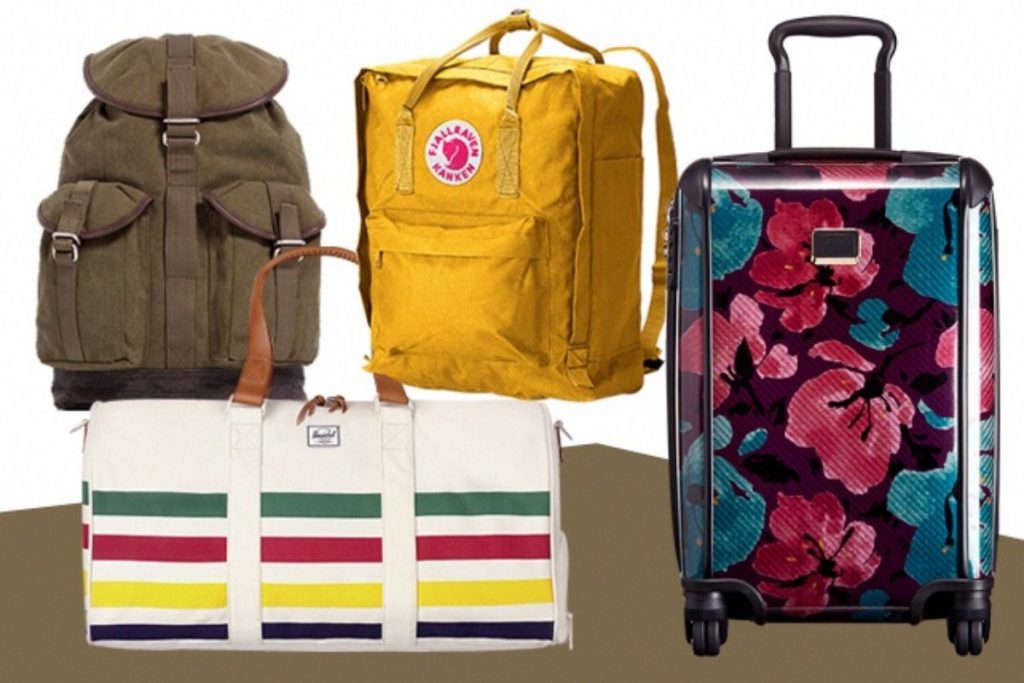
Picking the right backpack can determine how a traveler will comfortably and efficiently carry his/her load while choosing the Philippines as a travel destination. Backpacks shall become your best friends as you tour the islands hence the need to get the right one that meets your needs and preferences.
Choose a backpack that is not very heavy but will be strong enough to handle the rigors of traveling and different weather. A backpack with many divisions and sections that allow you to store and access your items effectively also does magic. The weight distribution is kept within reach, for an ergonomic harness with a comfortable back panel, adequate for the warm Philippine weather. If for instance, the trip involves going to some islands or in the course of the trip there is rain expected then it is advisable to carry an AquaShield or AquaProof backpack.
Philippines Packing List for a Beach Getaway
Preparing to go to a beach is different from preparing to go on a trip so one needs to be very particular when packing. Here are some things you should pack to have the best of what the Philippine water coastlines have to offer.
Clothing
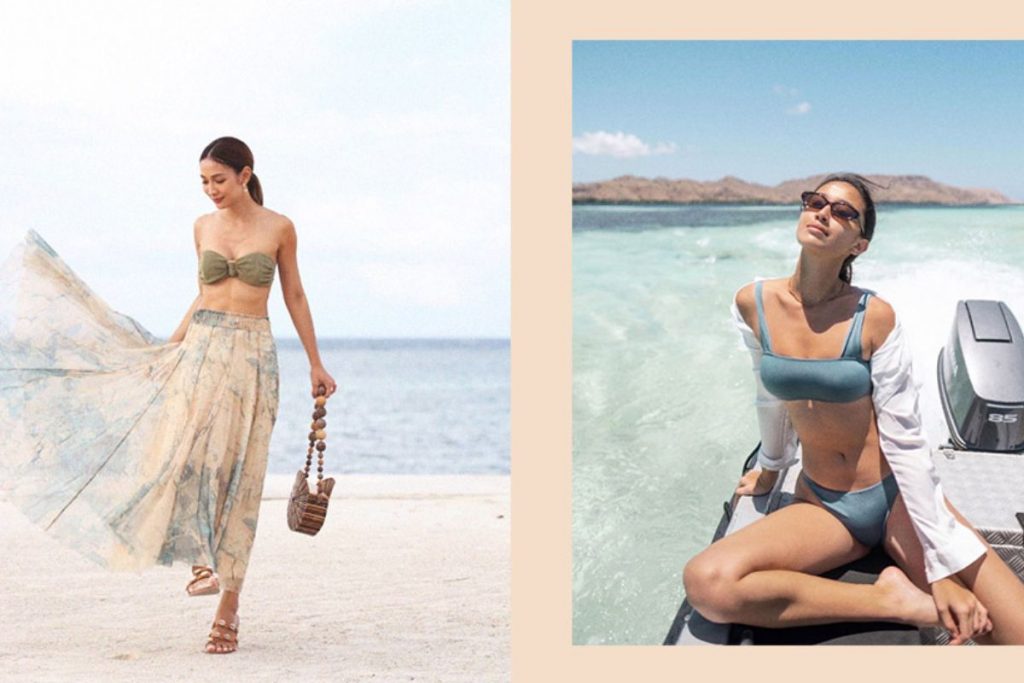
Beach essentials that people should not forgot when packing for a beach trip especially in the Philippines are clothes that are comfortable to wear, clothes that can be used in various activities, and pieces of clothing that will protect them from the heat of the sun. Your clothes should be as informal as the Bahamas is tropical, and should also be appropriate for various activities that one is likely to engage in at the beach.
- Swimwear: Take more than one swimwear for each day as the one used will take some time to dry up.
- Cover-ups: Appropriate clothing for this area is sarongs, light dress or short-shirts for men that accompany them from the beach or directly from the restaurant or cities during town tours.
- Shorts and T-shirts: Sneakers that can be casual wear and which allow the feet to breathe.
- Light sweater or shawl: To be used when it is chilly or when weather permits wearing of air-conditioned clothes.
- Sun hat and sunglasses: Avoid sun exposure, especially during mid-morning up to mid-afternoon.
- Flip-flops or sandals: Comfortable to wear and take off to allow access to beach strolls and other informal occasions.
Toiletries
- Reef-safe Sunscreen: Use a reef-friendly high SPF sunscreen to avoid harming your skin and underwater creatures.
- After-sun Lotion: The skin is also likely to be dry and peeled after spending a day in the sun; the use of a moisturizer is therefore advised.
- Waterproof Bag: It can be interesting to hang out around water constructions and during water-related events, ensure that your assets do not get wet.
- Shampoo and Conditioner: Bath gel and shower cream are normally provided in most accommodations but should you have your preferred brand or if you have a specific hair problem then you should bring your hair products with you.
- Aloe Vera Gel: A natural remedy for the relief of the manifestations of sunburn, it gives a cooling effect.
- Lip Balm with SPF: To safeguard the lips from the detrimental effects of the rays of the sun, then it is wise to use lip balm that is protected from the sun.
Emergency items
- Motion Sickness Medication: Water tours and travel around the islands may present some options of discomfort for the individuals who are seasick, therefore do not leave any treatment or medication for seasickness at home.
- Basic First-Aid Kit: Regarding emergencies, you ought to have something like; bandages, alcohol wipes, pain relievers, and allergy relievers.
- Waterproof Pouch: Make sure you cover any of your valuable commodities such as phones, cash, or any other valuables from water activities or even incidence to rain.
- Flashlight or Headlamp: Recommended when there is a need to walk through the dark areas or at night when there is no electricity supply.
- Copies of Important Documents: Make copies of your passport, visa, and insurance and put the copies in different places in case they get stolen or lost.
- Emergency Contact Information: This is very important whereby you have to have the numbers of people you need to contact for instance your embassy/consulate number or any emergency number.
How Much Money Should I Bring to the Philippines for 1-2 Weeks?

Again the price that you will incur whilst in the Philippines will depend on your mode of travel and the various activities you partake in. On average, it is possible to spend ₱ 1,500-3,000 (~US $ 30- 60) per day wishing to have a comfortable trip including accommodation, food, means of transport, and sightseeing.
Tourism is also affordable, and if one is a budget traveler they are able to book hostels to sleep in, and use local restaurants for food and local means of transport. But if you expect to live in a more lavish fashion with spas, four-star hotels, and others, then your cost of living will be far higher. Another computation that needs to be considered by the budget is the extra charges such as ATM fees, and the rate of foreign exchange.
What Not To Do When Packing for the Philippines
1. Don’t Just Stack Your Clothes Up
Just cramming your clothes in your suitcase is a sure way of getting wrinkles on the garments as well as a poor use of the space available. Rather, packing cubes could be used or rolling your clothes to enhance space utility and reducing on the formation of creases. This will enable you to have an organized separation of your clothes, as well as to receive your clothes in even better condition.
2. Don’t Just Put the First Thing You See
Avoid stuffing everything half-cocked into the bag you are carrying. Make sure you factor in your time to dress appropriately for different occasions so that you have the right clothes for the events you plan to undertake. This will assist you in avoiding transporting unwanted and extra luggage and at the same time help you ensure that you do not leave behind any papers that might be very vital.
3. Know What Not To Bring to the Philippines
It is also wise not to carry along so many unnecessary items such as heavily thick jackets or suits. When going out, do not wear anything flashy or rings that are seen to have a lot of value. This made me also look at the constraints of baggage taking by the airlines to avoid falling prey to their policies.
Travel Stress-free With The Ultimate Philippines Packing List
As much as going to the Philippines can be overwhelming, packing for the trip does not have to be so. A little preparation and the appropriate set of luggage for the journey will make it as comfortable as possible. Refer to this comprehensive table summarizing essential items for your Philippine adventure:
| Category | Items | Notes |
| Essentials | Passport, visa, travel insurance, cash & cards, phone & charger, camera, travel documents | Ensure passport validity, consider travel insurance, carry local currency and cards, stay connected, capture memories, and keep important documents safe |
| Clothing | Lightweight, breathable clothing, swimwear, cover-ups, long-sleeved shirts/pants, light jackets/sweaters, comfortable shoes | Pack for warm weather, modesty for religious sites, and potential cooler evenings or air-conditioned spaces |
| Toiletries | Travel-sized toiletries, reef-safe sunscreen, insect repellent, after-sun lotion, lip balm with SPF | Prioritize hygiene and sun protection, pack essentials in travel-sized containers to save space, and consider specific needs for beach getaways |
| Electronics | Phone & charger, camera, portable charger, universal travel adapter, headphones/earbuds | Stay connected, capture memories, ensure power availability, and enjoy entertainment during your travels |
| Emergency Items | First-aid kit, prescription medications, copies of important documents, emergency contact information, cash stash | Be prepared for unexpected situations with medical supplies, important documents, and emergency contacts |
| Backpack | Lightweight, durable backpack with multiple compartments, comfortable harness, and water-resistant/waterproof features | Choose a backpack that suits your travel style and planned activities, ensuring comfort, organization, and protection for your belongings. |
When packing well and referring to this list of absolutely everything you may need when going to the Philippines, you can start this journey with effective planning and no unnecessary stress but rather concentrate on a great time in this wonderful country.
